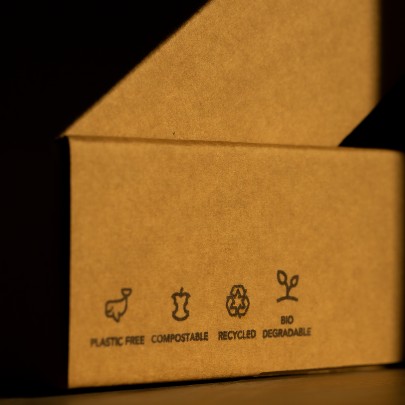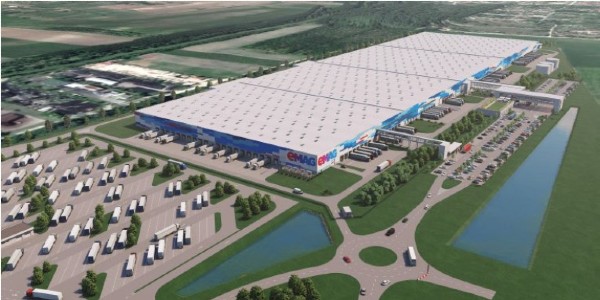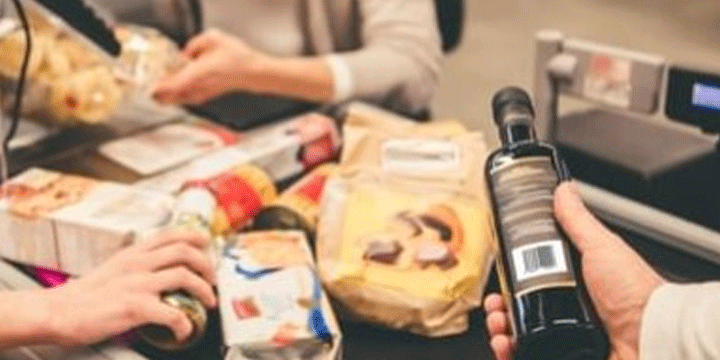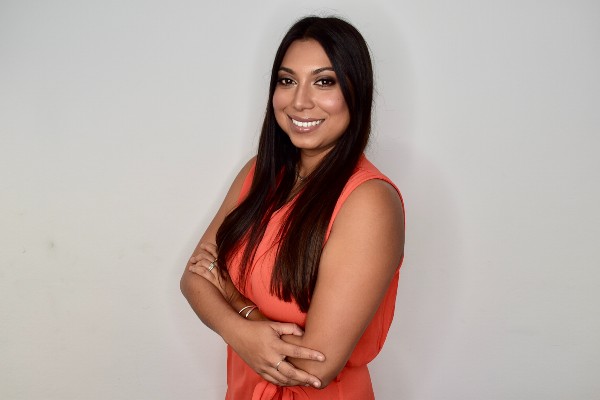July 26, 2023 Industry news
Good packaging is essential. From standing out on the shelf and keeping products safe as they move through the supply chain, to communicating crucial information and complying with legislation, packaging can - and often does - play a deciding role in busi
While many consumers may take packaging for granted, they are expecting more and more from it and demanding more information on the products they buy and consume. At the same time, governments around the world are constantly introducing new regulatory demands on the packaging that enters their markets.
This all means that packaging continually needs to work harder, especially when it comes to providing detailed information on ingredients, health, allergens, provenance, sustainability, recycling and more. However, space on physical packaging is finite and often at a premium, creating a raft of challenges for businesses to overcome.
So how do you overcome these challenges? This was the topic of discussion during our recent roundtable with the Great British Entrepreneur Awards featuring Arabella Harvey, co-founder of Raven Botanicals, Steph Buttery, founder of Chu-Lo Drinks and Rachel Kettlewell, founder of Fearne & Rosie. With the help of the Great British Entrepreneur Award’s Lois Anderson, we have captured some of the key insights shared during their discussion below.
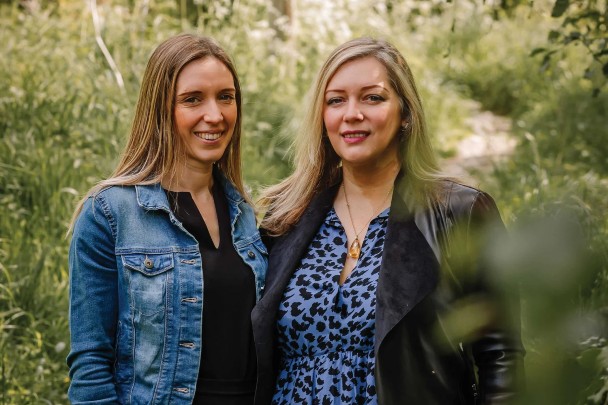
Sisters Charlotte and Arabella Harvey, co-founders of Raven Botanicals
How has your packaging evolved since launch?
Arabella Harvey, Raven Botanicals: “Our design has evolved as we've added new products to our range. We now also use GS1 barcodes.
"I spent ages printing them out, cutting out little stickers and applying them to the back of each bottle but this was essential for ensuring seamless sales.
"We're still in the quick-fix stage at the moment, but our packaging is still evolving as we look to export outside the UK. We are making tweaks all the time to our label designs.”
Steph Buttery, Chu-Lo Drinks: “For me, the design of our packaging is very important. I must have spent half of my initial budget on design. That was the branding, logo, our voice, tone - everything really. I felt that once I had peoples’ attention, I could convince them to buy so that was my top priority at first. When it came to choosing a material, I opted for aluminium cans as they offered the most real estate for pushing the brand forward but we went on quite a big branding journey in terms of assessing our options. We tested all sorts, from shrink-wrapped cans to sustainable polylactic acid labels and digitally printed cans, but ultimately felt that aluminium provided the best value and quality when it came to the finished product."
Rachel Kettlewell, Fearne & Rosie: “I was a teacher before I founded Fern & Rosie. With a limited budget, I came up with the original designs myself. As we grew, we rebranded and worked with a designer to develop the branding we use today. Our packaging has come a long way since then and our partnership with BBC Children in Need has illustrated the potential packaging has to promote and support social enterprise. I'm really proud of this because it's the first time Pudsey Bear has appeared on pack within retail. This has really helped the charity promote their brand, cause and message through different retailers. This gives them high visibility in multiple places, raising awareness and money for Children in Need.”
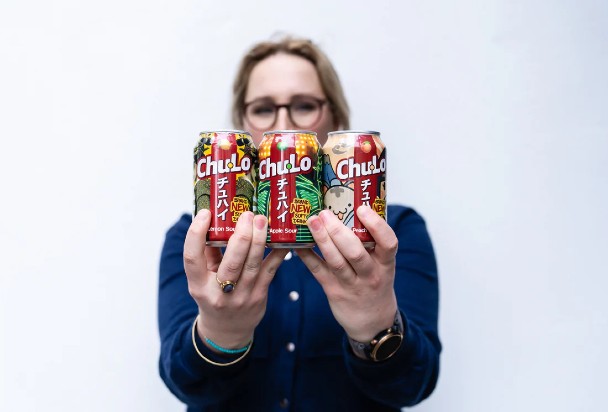
Steph Buttery, founder of Chu-Lo Drinks
What are the key challenges you have faced?
Steph Buttery, Chu-Lo Drinks: “We have tried to condense our product information as much as possible and needed to balance our 'wants' with our 'must haves'. I want to put female-founded on there but I need to include the best before date.
"The font we use is already the minimum sizing that you could possibly go to and we need to include all our social media because Chu-Lo is a Gen Z product.
"We also have legal requirements to meet such as including the total calories per can. These requirements can take up a lot of space and don't leave us with much added value.”
Rachel Kettlewell, Fearne & Rosie: “Our jars are quite small. I'm always jealous of companies that produce packaging for things like cereal as they've got loads of space to talk. We have to fit our brand message, all our nutritional information, our Children In Need messaging, BCorp certification, our barcode and more, all on one small label. There is a lot to squeeze in on pack.”
Arabella Harvey, Raven Botanicals: “We do all our design in-house and so far, have decided not to use any secondary packaging. This means our labels have to carry absolutely everything including our compliance information, our name and address, directions for use, key ingredients, INCI formulation, what the product actually does, the best before date etc. Labelling has always been quite a challenge for us.
"Another factor that you need to consider is uniformity. You need to make your product’s instantly recognisable across a range. It is important to have consistency with design elements such as typeface and the placement of information so people can easily recognise each product as belonging to your brand.”
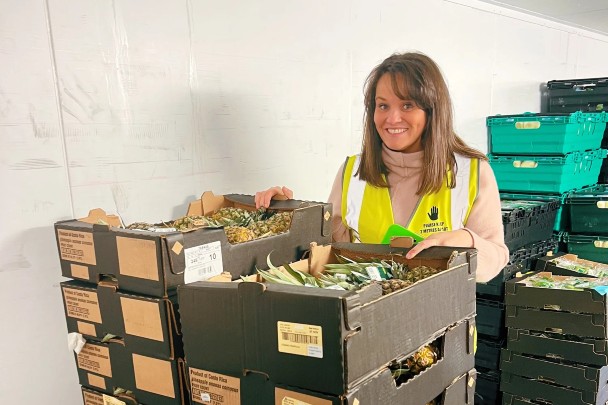
Rachel Kettlewell, founder of Fearne & Rosie:
Our research has shown that around 60% of consumers would change the purchase based on sustainable packaging. How important was sustainability for you when designing your packaging?
Rachel Kettlewell, Fearne & Rosie: “We are acutely aware that everything we do has an environmental impact. It is our job to minimise that and look for opportunities to make a positive difference. That’s why we use recycled and recyclable packaging along with all-paper labels to reduce single-use plastic. We also want to let our consumers know that we use as many local ingredients as we can, opt for shipped produce over airfreight and actively encourage the use of wonky fruits by welcoming surplus produce into our supply chain.”
Steph Buttery, Chu-Lo Drinks: “We are working very hard to be a sustainable company. Our decision to use 100 per cent aluminium cans was very much a product of this as it means we are 100% recyclable. We even designed the shape of our cans to save space in transit and save carbon emissions.
"We are also proud to say that Chu Lo is manufactured in the UK. From ingredient mixing to canning, everything is done in England. This means carbon emissions are reduced even further due to less shipping and transport being needed from the factory to our Stockists.”
Arabella Harvey, Raven Botanicals: “We put a great deal of time and effort into experimenting with alternative label materials such as bioplastics and those containing marble dust. Packaging can be an interesting balancing act as we need to find the most eco-friendly option we can while also ensuring that what we are using is fit for purpose. As a small brand, we also need to buy in small quantities because we don’t yet have the resources to purchase and store tens of thousands of bottles.
"For now, we’re packaging our products in widely recyclable aluminium and glass, encourage our customers to reuse pumps and droppers, and offer refills with aluminium lids. We protect our products in transit using a plant-based compostable filler made from corn starch rather than paper shred. This clever material dissolves in water and won’t pollute waterways."
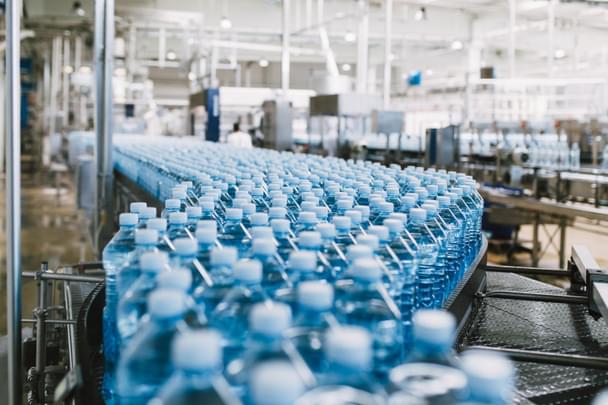
What do brands and policy makers need to consider?
Steph Buttery, Chu-Lo Drinks: “Facing off against bigger businesses with higher investment on sustainable or packaging-free solutions can be a daunting. The problem is that sustainable solutions require quite a lot of initial investment. If you pass legislation that says everyone has to go packaging free, then it's just going to make space for larger companies to steamroll over any sort of innovation or new products coming in.”
Arabella Harvey, Raven Botanicals: “The reality is all of us who are making products are introducing objects to a cycle of waste. Our job is to be as responsible as we possibly can when doing that. Small brands have actually got to be a bit more creative because we don't have the buying power or funds to chuck at big innovations. So, you find workarounds and that is often the space where innovation takes place. Watch innovations in the sustainable packaging world with interest and always strive to mitigate your impact by making changes and improvements where you can.”
Rachel Kettlewell, Fearne & Rosie: “You need to make sure you’re meeting your legal requirements and that your packaging is providing all the recycling and sustainability information consumers need. This can be complicated, especially if you’re selling across borders. It would be brilliant to have just a one stop shop; a credible source of information about what you must have and what is desirable to have for each country.”
A digital solution
As businesses navigate an ever-evolving packaging landscape, innovation and creativity will be crucial in finding sustainable solutions that meet consumer expectations and minimise environmental impact.
Thankfully, one such solution is already available. QR codes, particularly those powered by the GS1 Digital Link standard, offer businesses an efficient and cost-effective means of connecting with consumers while also adapting to current and future legislative demands.
Using a GS1 powered QR barcode with our Digital Link standard enables you to connect your product’s unique identity to multiple online sources of enriched, real-time content. You retain full control, can tailor your online sources to a specific product, and can update or publish new content without having to alter the physical packaging of your products.
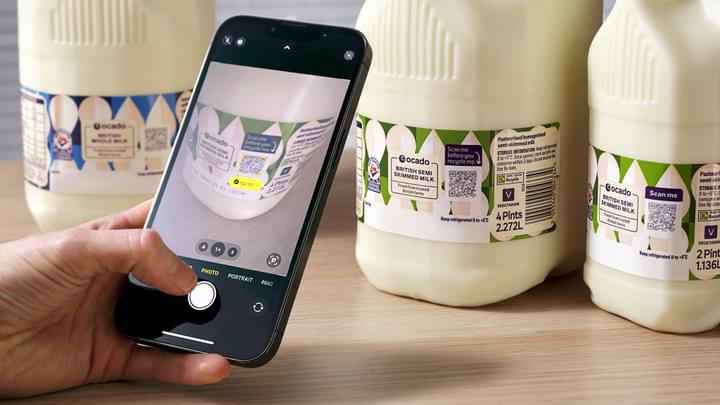
This means that GS1 identifiers such as the Global Trade Item Number (GTIN) can now act as a gateway to dynamic digital content, providing instant access to any information consumers or government may require - all through one smarter symbol on pack. This not only saves valuable packaging real estate but can also make a real difference for the environment, decreasing the amount of the packaging that is required and helping consumers to reduce their impact by making the right decisions for the future of the planet.
